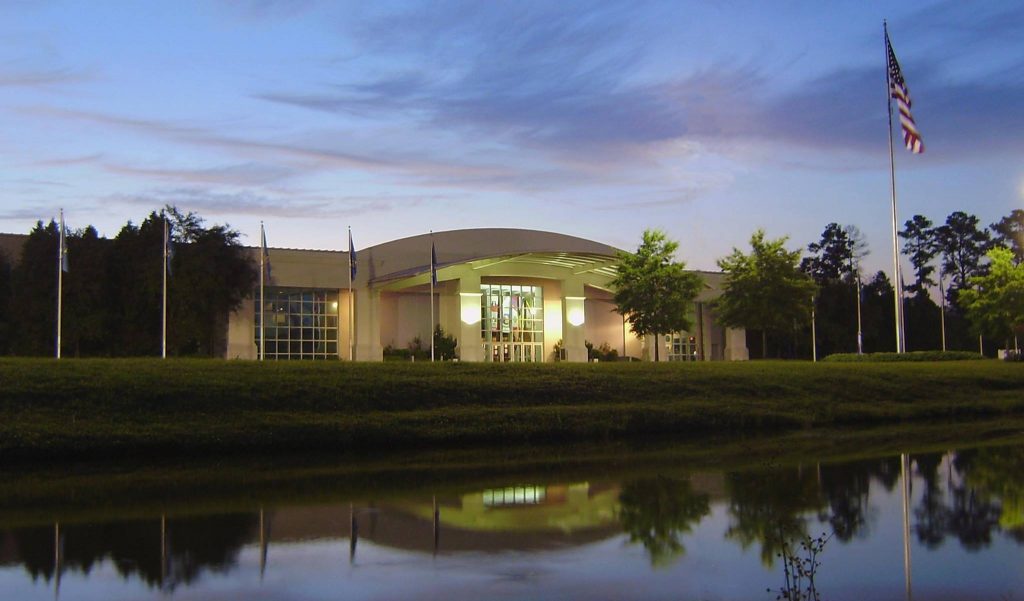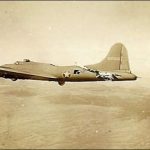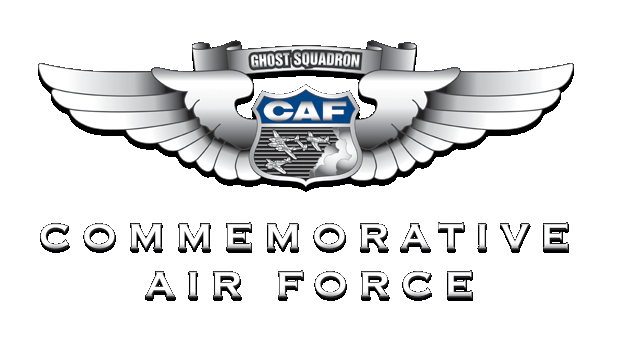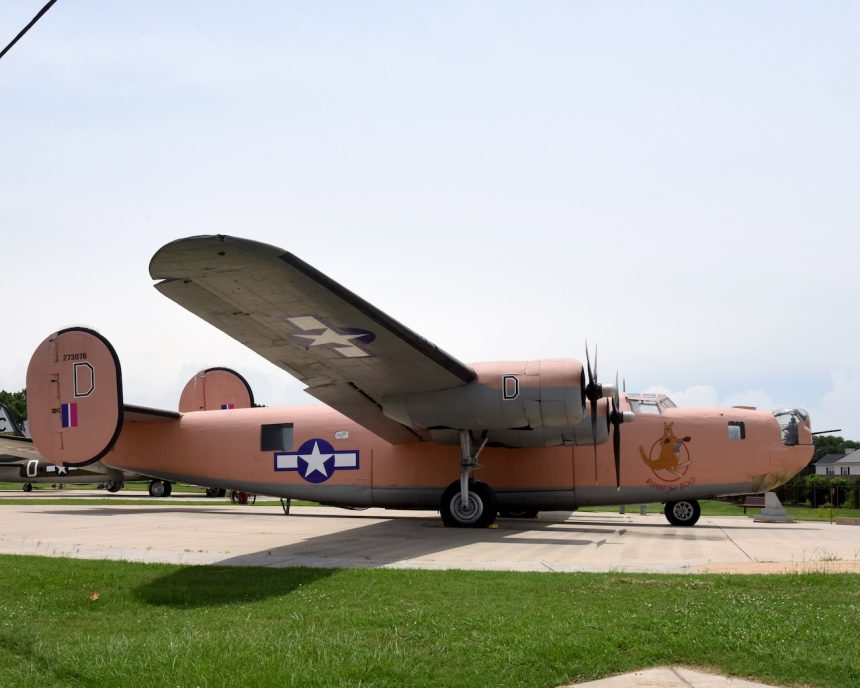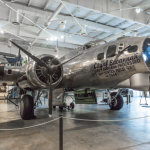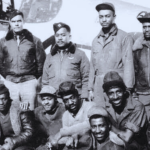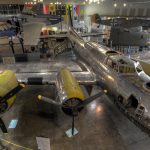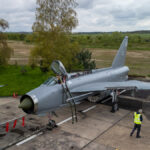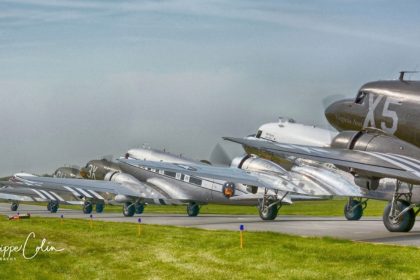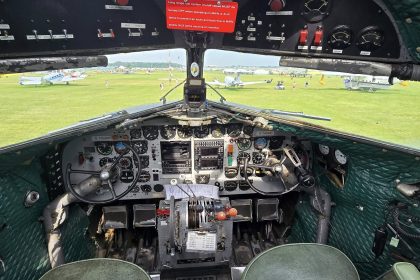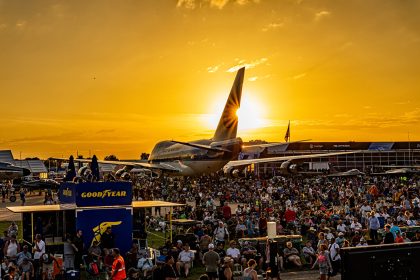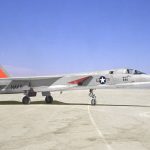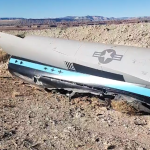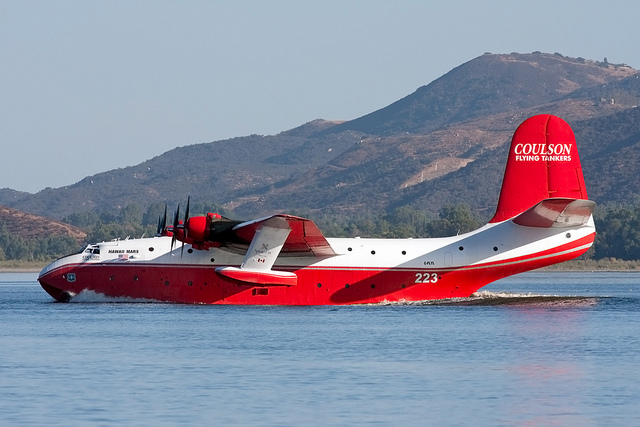PRESS RELEASE
POOLER, GA — In a major development for aviation preservation, a rare Consolidated B-24 Liberator is being transferred from Barksdale Air Force Base to the National Museum of the Mighty Eighth Air Force in Pooler, Georgia. The aircraft, one of only three B-24s in the U.S. Air Force’s historical collection, will become a centerpiece of the museum’s expanding exhibit on World War II aerial warfare. The bomber, currently known as Rupert the Roo II, was previously on display at the Barksdale Global Power Museum. Its relocation is the result of a collaborative effort between the Eighth Air Force, the National Museum of the U.S. Air Force, and the National Museum of the Mighty Eighth Air Force.
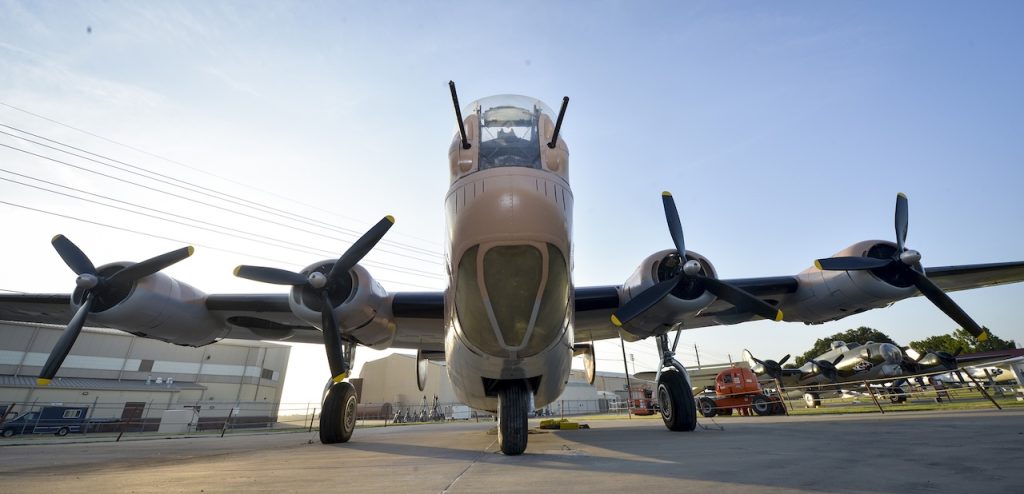
“Our main priority is the preservation of this historic aircraft,” said Maj. Gen. Jason Armagost, commander of the Eighth Air Force and the Joint Global Strike Operations Center. “By rehoming it to the Mighty Eighth Museum, we ensure that this artifact remains accessible to the public and preserved for future generations—thanks in large part to the generosity of donors who value our WWII heritage.”
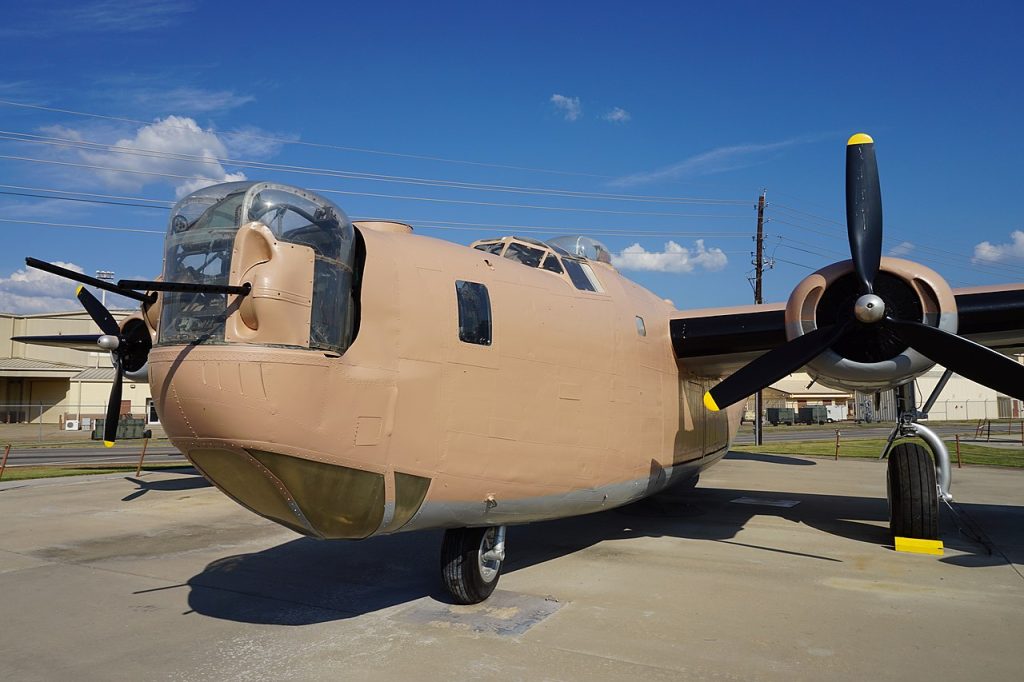
The acquisition significantly enhances the museum’s ability to tell the full story of the Eighth Air Force’s daylight strategic bombing campaign in Europe. Already home to a restored Boeing B-17 Flying Fortress, the addition of the B-24 allows the museum to showcase both of the heavy bombers that defined the air war over Nazi-occupied Europe. The Consolidated B-24 Liberator was a powerful symbol of American industrial might, with over 18,000 built by the end of World War II—more than any other U.S. bomber. Entering service even before America’s official involvement through Lend-Lease with Great Britain, the B-24 flew in every theater of the war. Thanks to its greater fuel capacity and innovative low-drag wing design, the Liberator could fly faster, higher, and farther than the older B-17, making it a vital asset in strategic bombing, maritime patrol, and long-range transport missions across the globe.

“With both the B-17 and the B-24, we are now uniquely positioned to present a comprehensive narrative of the Eighth Air Force’s contribution to aerial warfare,” said Scott Loehr, President and CEO of the Mighty Eighth Museum. “We are deeply grateful to the U.S. Air Force for entrusting us with such a significant piece of history.”
According to aircraft historian Joe Baugher, the B-24 in question—serial number 44-48781—was built as a B-24J-20-FO at Ford’s Willow Run facility in Ypsilanti, Michigan. Delivered to the U.S. Army Air Forces on August 10, 1944, there is no record of the aircraft seeing combat before being struck off charge on December 7, 1945. It was then sold to the Spartan School of Aeronautics in Tulsa, Oklahoma, where it served as a ground instructional airframe. By the 1960s and ’70s, the airframe sat derelict, stripped of its engines. In 1978, it was relocated to Barksdale AFB for static display.
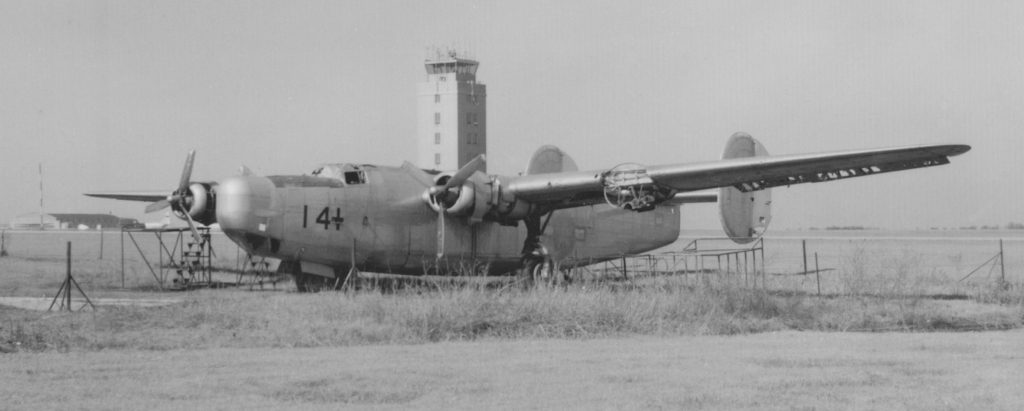
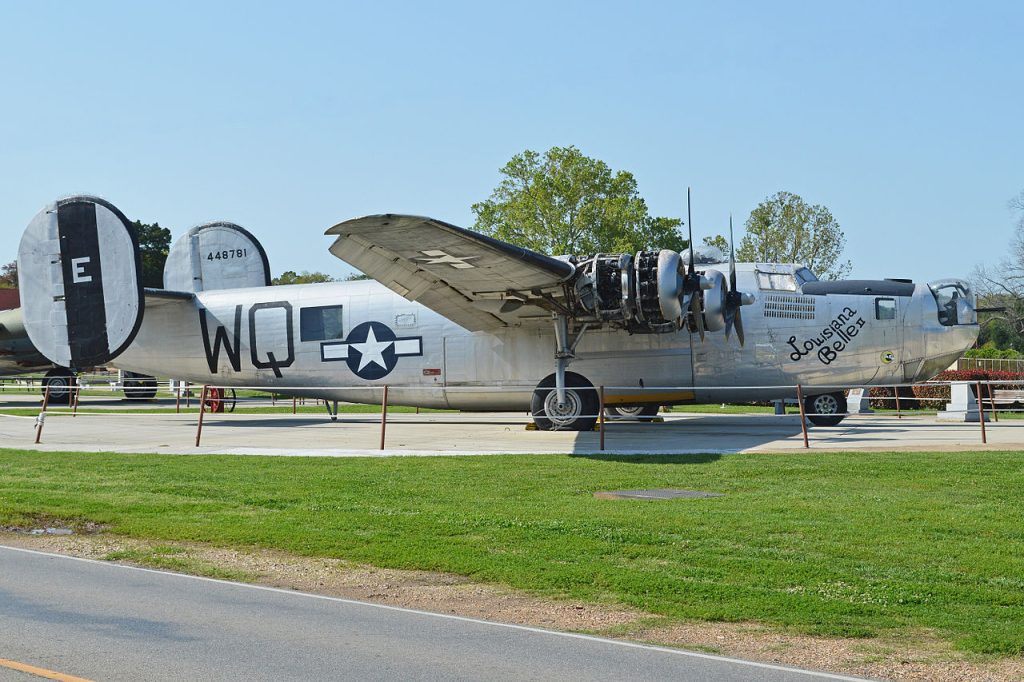
Over the years, the aircraft has appeared in various liveries, including Laiden Maiden, Louisiana Belle II, and most recently Rupert the Roo II. Its new role at the Mighty Eighth Museum will see it fully restored as part of the museum’s upcoming multi-million-dollar expansion initiative, “Maximum Effort.” The expansion and new permanent exhibitions are expected to be completed by late 2026.
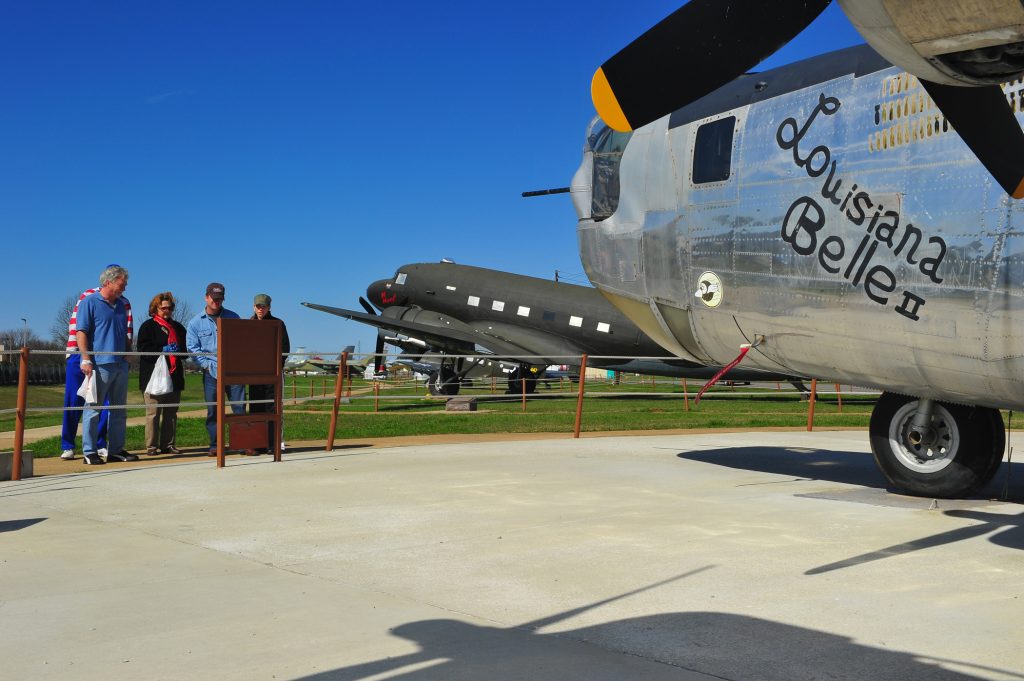
The timeline for the B-24’s transport from Barksdale to Pooler is still being finalized. Once on display, the Liberator will serve not only as a symbol of American airpower but also as a tribute to the thousands of Eighth Air Force airmen who flew and fought aboard these aircraft in the most dangerous skies of World War II.

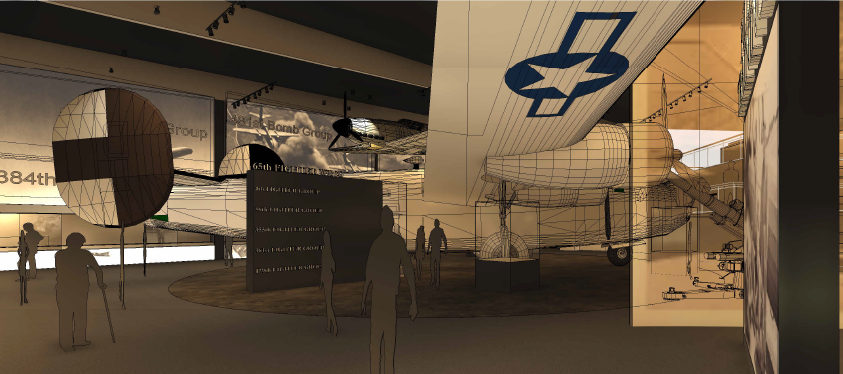
The Museum educates visitors about the character, courage, valor, and patriotism of the brave individuals who fought in the Eighth Air Force, the largest air armada in history. The Museum uses films, exhibits, artifacts, and archival materials to tell the stories of individuals who served in the Eighth Air Force. Their sacrifices made victory in World War II possible. Museum highlights include a fully restored B-17 “Flying Fortress” and the multimedia “Mission Experience,” an immersive simulated bombing mission in a special theater utilizing actual combat footage. The National Museum of the Mighty Eighth Air Force is located at 175 Bourne Avenue, Pooler, GA. Operating hours are Tue-Sat 10 am – 5 pm, Sun, Noon – 5 pm. For more information, call (912) 748-8888 or www.mightyeighth.org.
